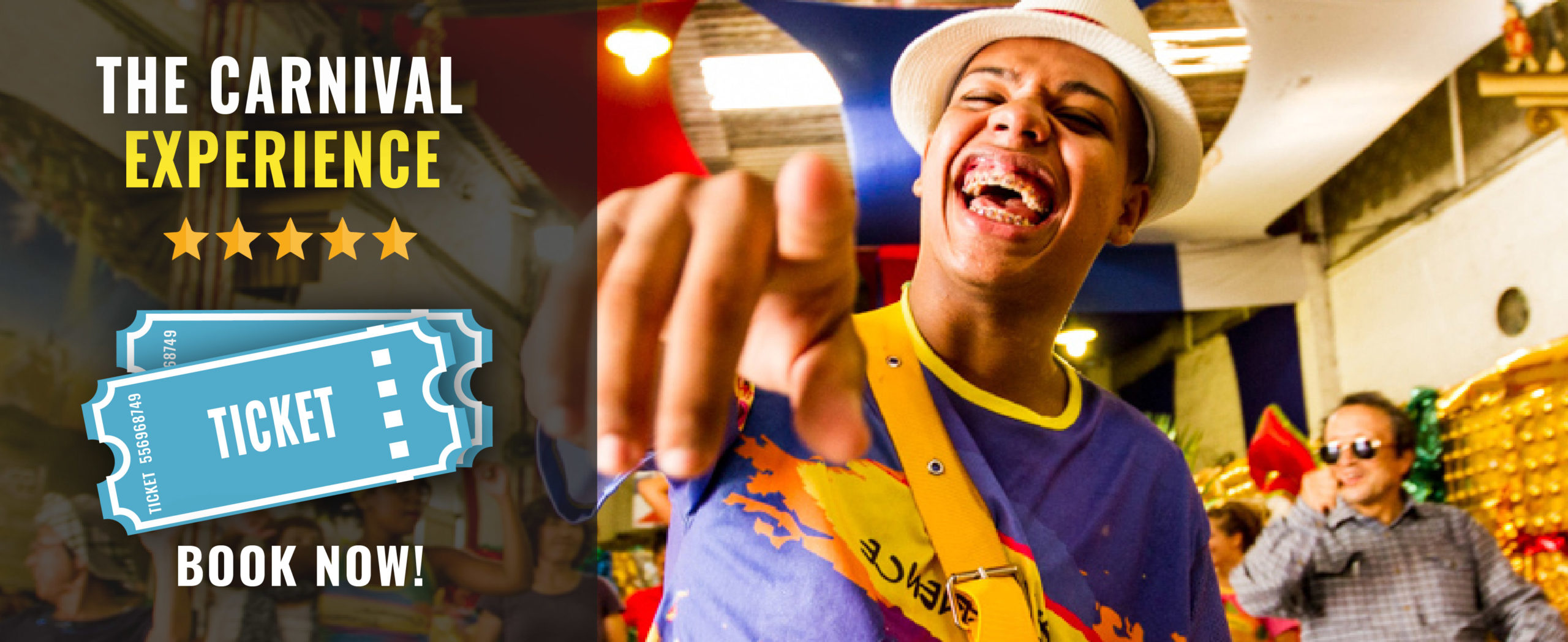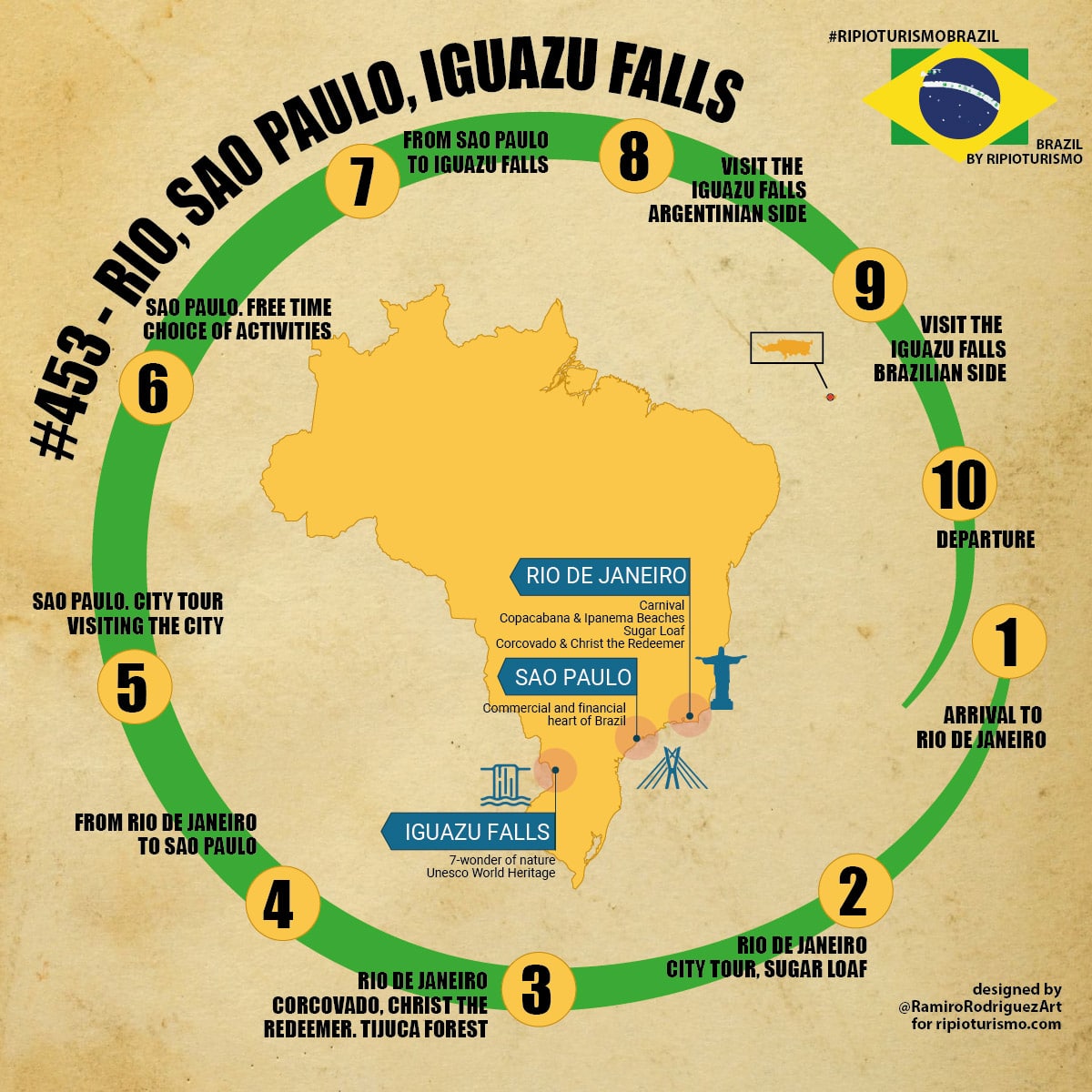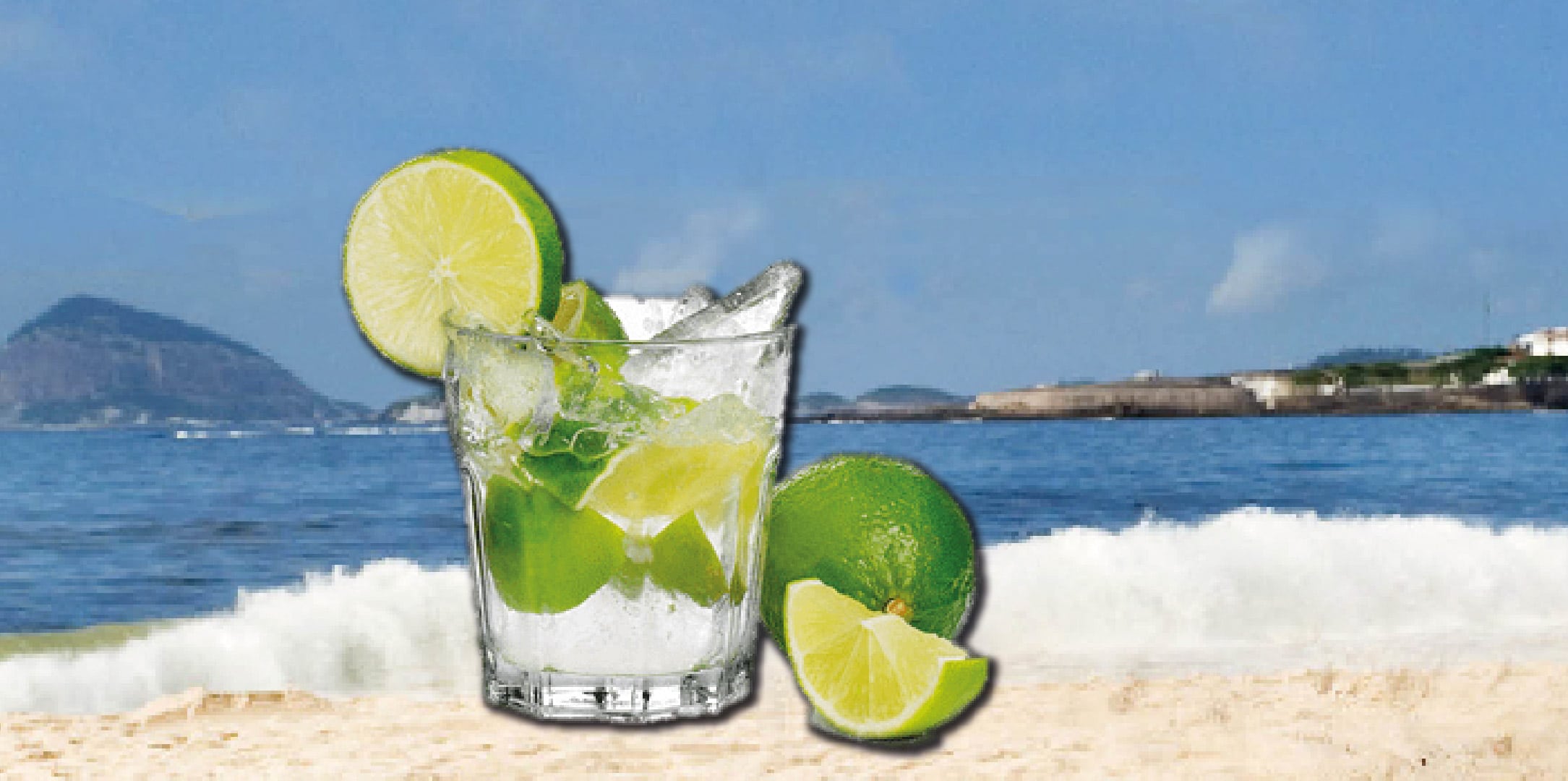Celebrate the New Year in Style: Reveillon in Rio de Janeiro
Reveillon is the most important celebration in Rio de Janeiro after Carnival. Every New Year’s Eve, over two million people gather on Copacabana Beach to welcome the new year with fireworks, music, and traditions that combine Brazilian energy with spiritual rituals.
What Is Reveillon?
Reveillon is Rio’s New Year’s Eve festival, held on December 31st. Its name comes from the French word “réveiller”, meaning to wake up—a fitting symbol for the start of a new year.
Although Reveillon is celebrated across Brazil in cities like Salvador, Natal, and Florianópolis, nowhere compares to the experience in Copacabana. It began in the 1980s as a tourism initiative and is now an unmissable tradition for locals and international visitors alike.
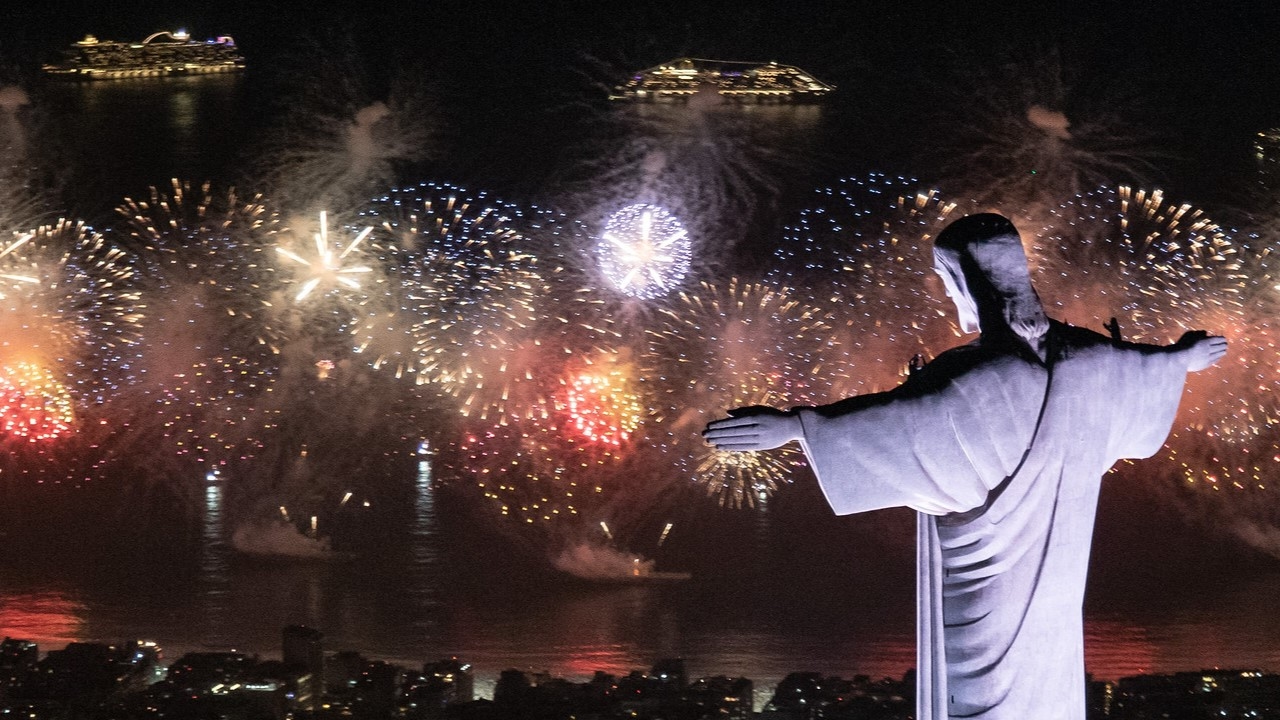
Fireworks: The Highlight of the Night
The main event is the dazzling fireworks show, with around 25,000 tons of fireworks launched from floating platforms just offshore. The show lasts for about 14 to 20 minutes, painting the sky with vibrant lights in perfect rhythm with music.
The best spots to enjoy it include:
-
The sands of Copacabana Beach (arrive early to find space)
-
Balconies and rooftops of beachfront hotels on Avenida Atlântica
-
Hotel parties offering food, drinks, and premium views
Reveillon Schedule & Atmosphere
The festivities start around 7:00 PM, with live music performances on multiple stages along the beach. People begin to gather to secure a good spot or arrive straight after a beach day.
Some bars create VIP sand zones where guests can enjoy extra comfort, space, and security without leaving the beach.
After midnight, the party continues with:
-
Concerts from national and international stars (like Caetano Veloso or Rod Stewart)
-
Street parties and samba performances
-
Caipirinhas and dancing at nearby clubs, rooftops, and beach bars—until sunrise
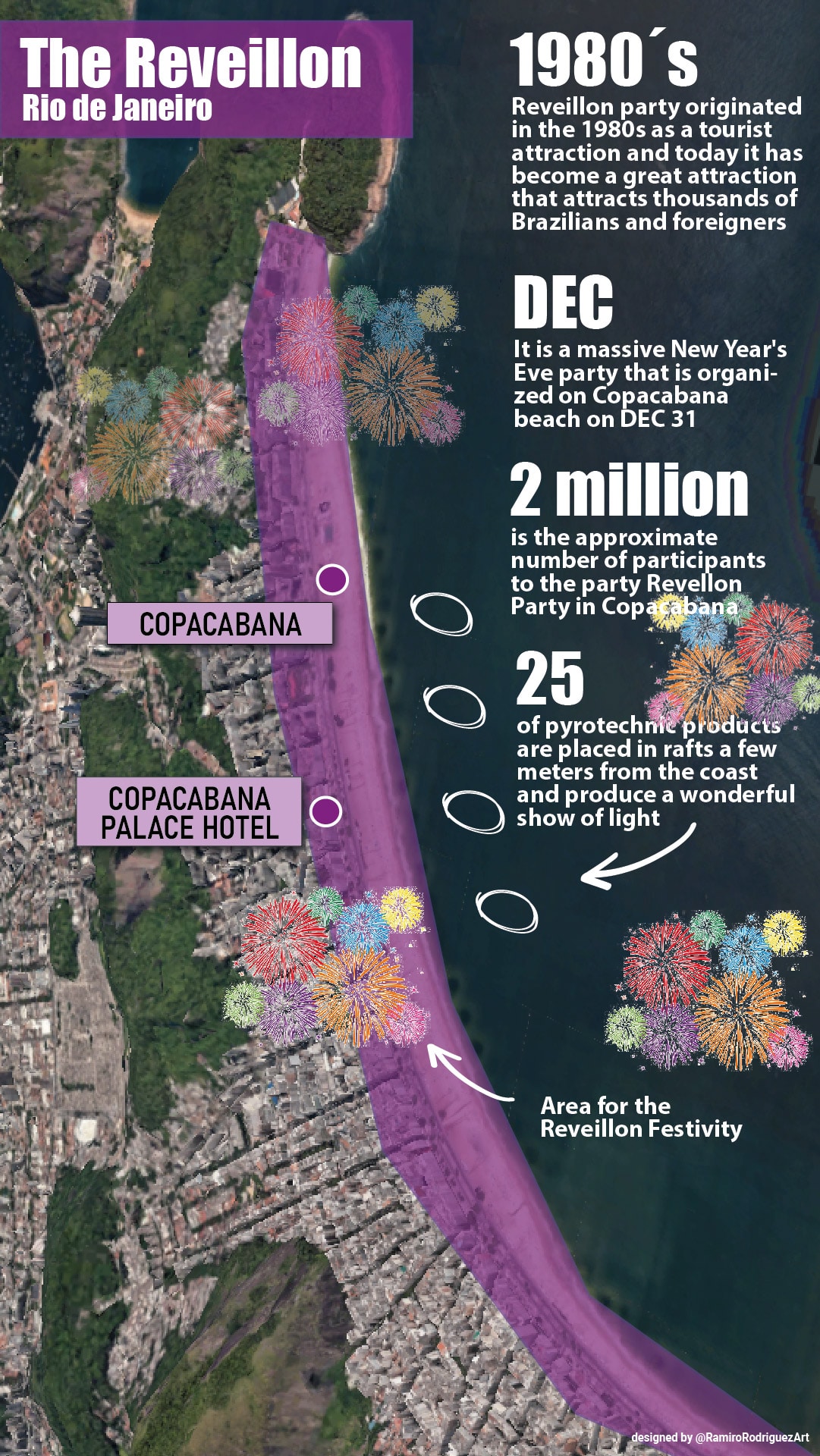
Reveillon Traditions in Rio
The Reveillon celebration is steeped in spiritual and cultural traditions:
-
Wearing white: Symbolizes peace and good luck
-
Jumping 7 waves at midnight: Make a wish with each jump
-
Offering flowers to the sea: A tribute to Iemanjá, the goddess of the sea in Afro-Brazilian religions like Candomblé and Umbanda
-
Wearing turquoise or other colors: Depending on the blessings you seek (love, health, wealth)
These customs give the party a meaningful spiritual dimension, connecting the celebration with Brazil’s rich cultural heritage.

Where to Stay for Reveillon in Rio
Staying in Copacabana is ideal for comfort and convenience but expect high prices during this time. If you’re traveling on a budget, consider these nearby areas:
-
Lapa: Great nightlife, metro access, more affordable
-
Santa Teresa: Bohemian vibes, beautiful views, quieter setting
-
Downtown Rio (Centro): Well-connected, cheaper accommodations
Even neighborhoods like Ipanema, Leblon, and Leme will have price hikes but still offer good access to the festivities.
Tip: Book months in advance—hotels fill up quickly during Reveillon!
Check activities available in Rio de Janeiro
We have a complete list of activities and excursions to enjoy Rio de Janeiro. One of these activities is the Carnival Experience, to learn more about the amazing Carnival of Rio de Janeiro
Other amazing activities in Rio de Janeiro




Enjoy our tours to visit Rio de Janeiro and other destinations in Brazil
Are you looking for tours to visit Rio de Janeiro and other destinations in Brazil? One of my favorites is the #453 – Rio de Janeiro, Sao Paulo and Iguazu Falls. Check more information by clicking in the image below
More tours to visit Rio de Janeiro and Brazil
We have a complete list of tours to visit Rio de Janeiro and other amazing destinations in Brazil. Check our complete list of tours for Brazil here
For more information, just contact us at info@ripioturismo.com
Thank you!


